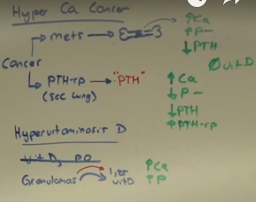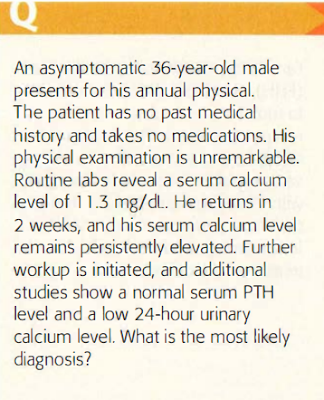Prenatal Diagnostic Testing Schedule
WEEKS PRENATAL DIAGNOSTIC TESTINGPrenatal visits
- Weeks 0-28: Every 4 weeks.
- Weeks 29-35: Every 2 weeks.
- Weeks 36-birth: Every week.
Initial visit :
Heme: CBC, Rh factor , type and screen.
Infectious disease:
UA and culture, rubella antibody titer , HBsAg,
RPR/VDRL, cervical gonorrhea and chlamydia, PPD, HIV, Pap
smear (to check for dysplasia). Consider HCV and varicella based
on history.
If indicated: HbA, sickle cell screening.
Discuss genetic screening: Tay-Sachs disease, cystic fibrosis.
9- 14 weeks :
Offer PAPP-A + nuchal transparency + free B-hCG +/- chorionic
villus sampling (CVS)
15-22 weeks :
Offer maternal serum a-fetoprotein (MSAFP) or quad screen (AFP,
estriol, P-hCG, and inhibin A) +/- amniocentesis.
18-20 weeks :
Ultrasound for full anatomic screen.
24-28 weeks : One-hour glucose challenge test for gestational diabetes screen.
28-30 weeks :
RhoGAM for Rh-8 women (after antibody screen).
35-40 weeks :
Group B strep culture (GBS); repeat CBC.
34-40 weeks :
Cervical chlamydia and gonorrhea cultu res, HIV, RPR in high-risk patients.

















































